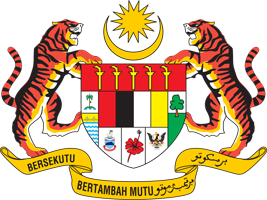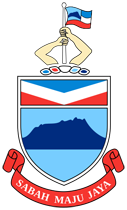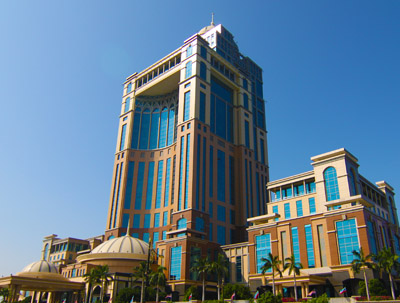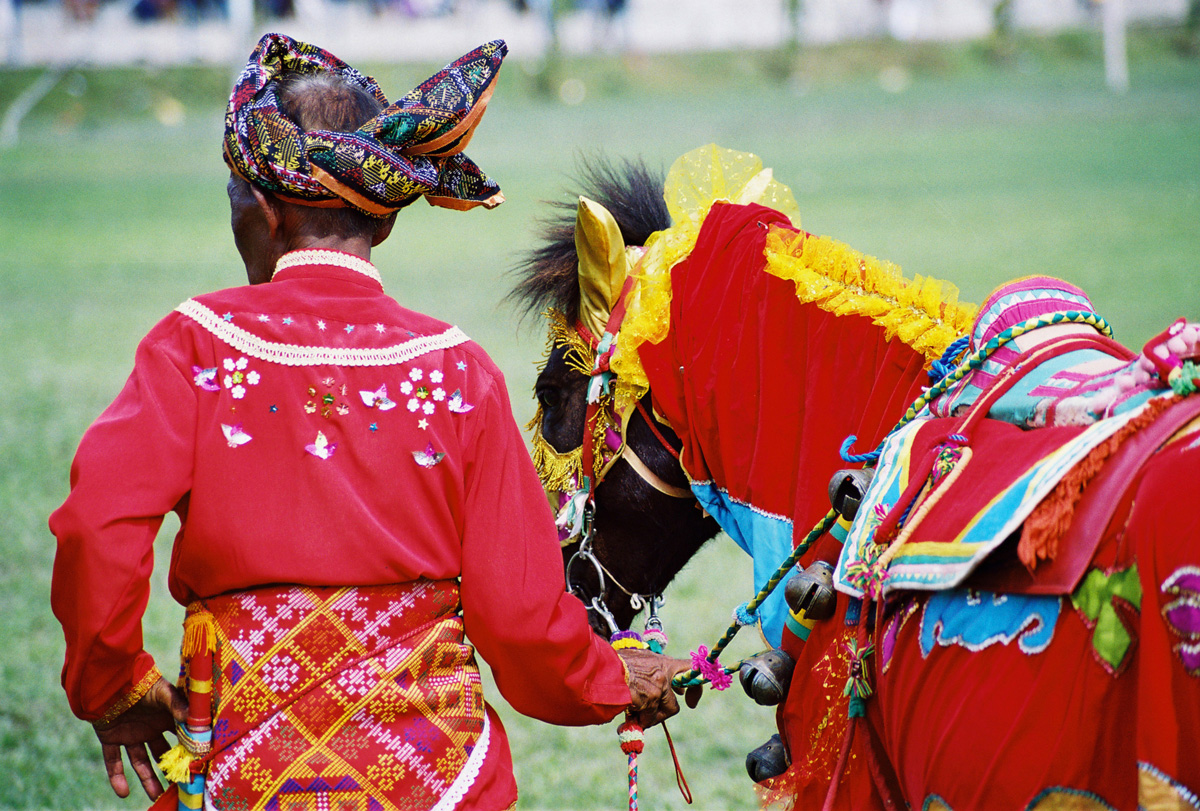 Sabah's People and History
Sabah's People and History
Sabah's population is made up 33 indigenous groups that communicate in over 50 languages and 80 ethic dialects. The Kadazan-Dusun is the largest ethnic group in Sabah that makes up almost 30% of the population. Celebrated annually on 30th & 31st May, the Harvest Festival is the most celebrated holiday of the year by the Kadazan-Dusun to honor the Rice Spirit and to give thanks for a bountiful harvest. The Bajaus, or also known as "Cowboys of the East", and Muruts, the hill people and head hunters in the past, are the second and third largest ethnic group in Sabah respectively. Other indigenous tribes include the Bisaya, Brunei Malay, Bugis, Kedayan, Lotud, Ludayeh, Rungus, Suluk, Minokok, Bonggi, the Ida'an, and many more. In addition to that, the Chinese makes up the main non-indigenous group of the population.
The history of Sabah can be traced back to about 20,000 - 30, 000 years ago with evidence that suggests early human settlement existed. The North Borneo Chartered Company effectively ruled Sabah (then known as North Borneo) from 1881 until 1942, when the Japanese forces invaded North Borneo during the World War II. After the devastation of the war, the North Borneo Chartered Company did not have the financial resources to reconstruct the state; hence, the territory was placed under control of the colonial office and became a British crown colony on 15 July 1946. Several years after that, Sabah gained self-government from the British, and was united with Malaya, Sarawak and Singapore to form the independent Federation of Malaysia on 16th September 1963.
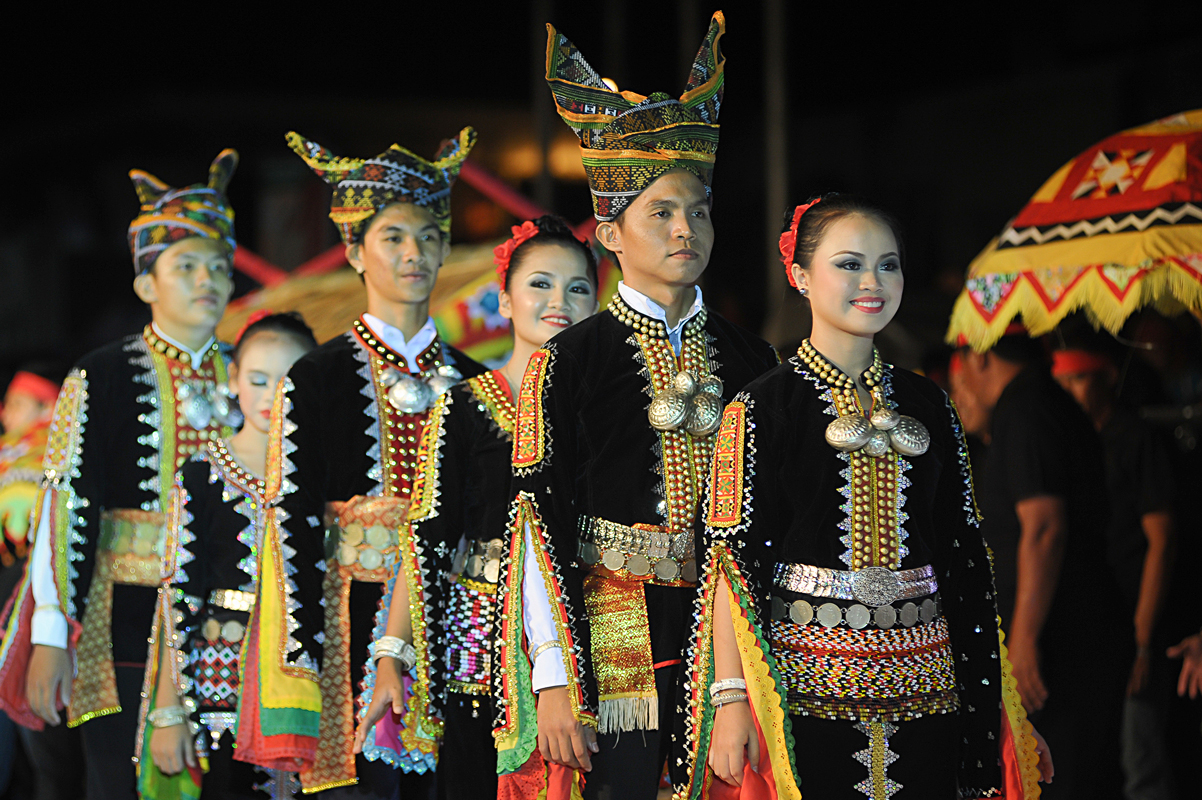
Sabah People
Kadazan / Dusun
Kadazan-Dusun is the term assigned to the unification of the classification of two indigenous tribes in Sabah. They are also the largest ethnic group which comprises about 1/3 of the population - Kadazan and Dusun. Traditionally, they are mostly traditional farmers cultivating paddy rice and upland rice, as well as hunting and ravine fishing. The Sumazau dance is the traditional dance of the Kadazan-Dusun community.
Murut
The Murut are an indigenous ethnic group which comprises 29 sub-ethnic groups inhabiting the northern inland regions of Borneo. The Muruts were the last of Sabah's ethnic groups to renounce headhunting. This is because collecting heads of enemies traditionally served a very important role in Murut spiritual beliefs. The literal translation of murut is "hill people". Traditionally, they were shifting cultivators of hill paddy and tapioca, but they also do activities like blowpipe hunting and some fishing. They live in communal longhouses near rivers, using it as the means to travel.
Bajau and Kindred groups
The Bajau people are an indigenous ethnic group that live in the West Coast (Putatan, Tuaran, Kota Belud, Kota Marudu, Papar) and East Coast of Sabah (Kudat, Sandakan, Lahad Datu, Kunak, Semporna, Tawau). They work as farmers and fishermen. Besides being expert divers, they are also popular for their excellent horsemanship. Hence, the Bajau tribe from the West Coast are known as the "cowboys of the east", while their East Coast tribe have sometimes been referred to as the "Sea Gypsies" for their seafaring ways.
Other
Other indigenous people in the state include Rungus, Iranun, Bisaya, Tatana, Lun Dayeh, Suluk, Sino, Ida'an, Bugis, Kagayan, Tindal, Tobilungm Lobu, Bonggi, Tidong and many more. Bumiputera is a Malaysian term to describe the Malay race and the indigenous people of Southeast Asia, particularly in Malaysia. The term can be translated literally as "prince of the the soil".
Non-Indigenous
The Chinese made up the largest non-indigenous group in Sabah. Majority of the ethnic Chinese here are of Hakka descent, many of them were involved in agriculture until this day, especially those living in rural towns such as Tenom and Kudat.

